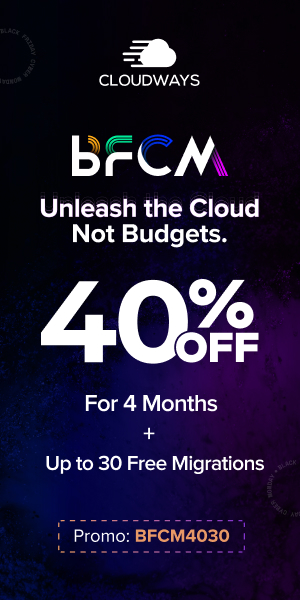On average, we see between 6,000 to 10,000 ads per day. That’s a lot of visual information to process!
Naturally, we experience fatigue and start filtering a lot of these things out. This means that if you’re creating images either for fun or for your business, you need to make sure it’s of the best quality so they don’t get lost in the mix.
Read on to find out what the best image format for your photos is!
The Available Image Format Choices
Before we can discuss what the best image format is, we should go over the available choices first. There are actually hundreds of image files types, so we’ll only go over the most popular ones to save some time.
In general, people will use the following image format options: JPG, PNG, GIF, and PDF.
You’ll often see pictures saved in JPG and PNG format. “JPG” stands for “Joint Photographic Experts Groups” and the files are compressed so they’re smaller. “PNG” stands for “Portable Network Graphics”; these images support up to 16 million colors and can compress files without loss of quality.
“GIF” stands for “Graphics Interchange Format” and these images are limited to 256 colors. However, their strength is the image can be animated and their files are very small in size.
“PDF” is short for “Portable Document Format” and as the name suggests, you’d use it for documents (text).
Most of these files are versatile in that you can convert them into different formats. For example, you can easily convert PNG to JPG through free online tools.
The Best Image Format
While the above are the most commonly used file formats, you’d be surprised to learn that the best image format isn’t any of those (at least not when it comes to the highest quality image format).
You’ll get the highest quality images with TIFF, or Tagged Image File Format. This is often used by commercial professionals since the files aren’t compressed at all.
However, the downside is TIFF images aren’t great for web graphics. It’s best for printing physical images. This is why you’ll see most web pages use PNG or JPG.
Now the question is, which of these 2 should you use for your website? Well, it depends.
If you’re short on space, need to post photos and art, and don’t need graphics with transparency, then JPGs are your best bet. Otherwise, if you need high-quality transparent web graphics and aren’t dealing with photos and art, then PNG can be the better choice. Ideally, it’s good for logos.
Get Crystal Clear Images by Choosing the Right Image File Format
Now you know that the best image format for quality is TIFF. However, for regular everyday use, other file formats have their pros and cons; most notably, PNG and JPG. So explore your options and choose the best photo format for your needs!
Want to learn more about digital tech? Then browse the rest of our blog page now.









Be the first to write a comment.